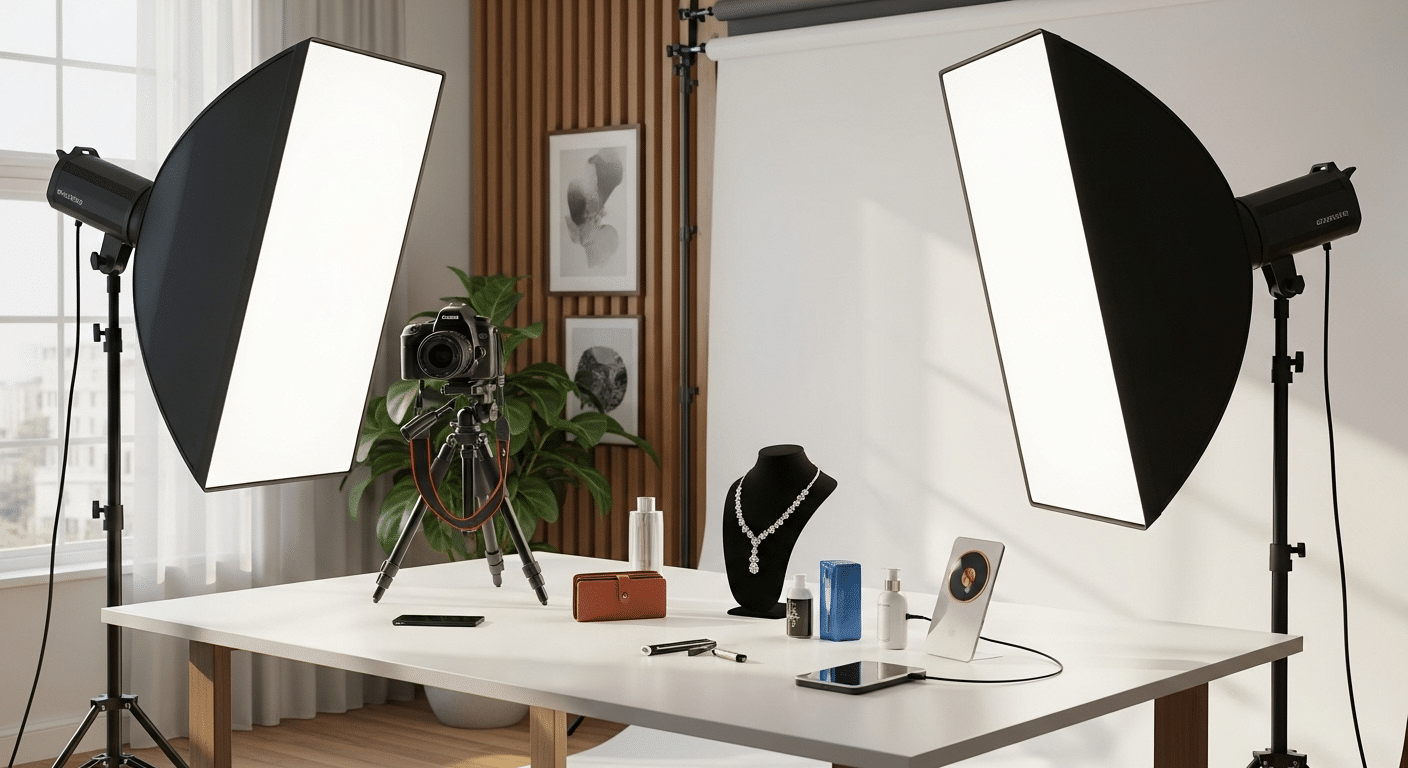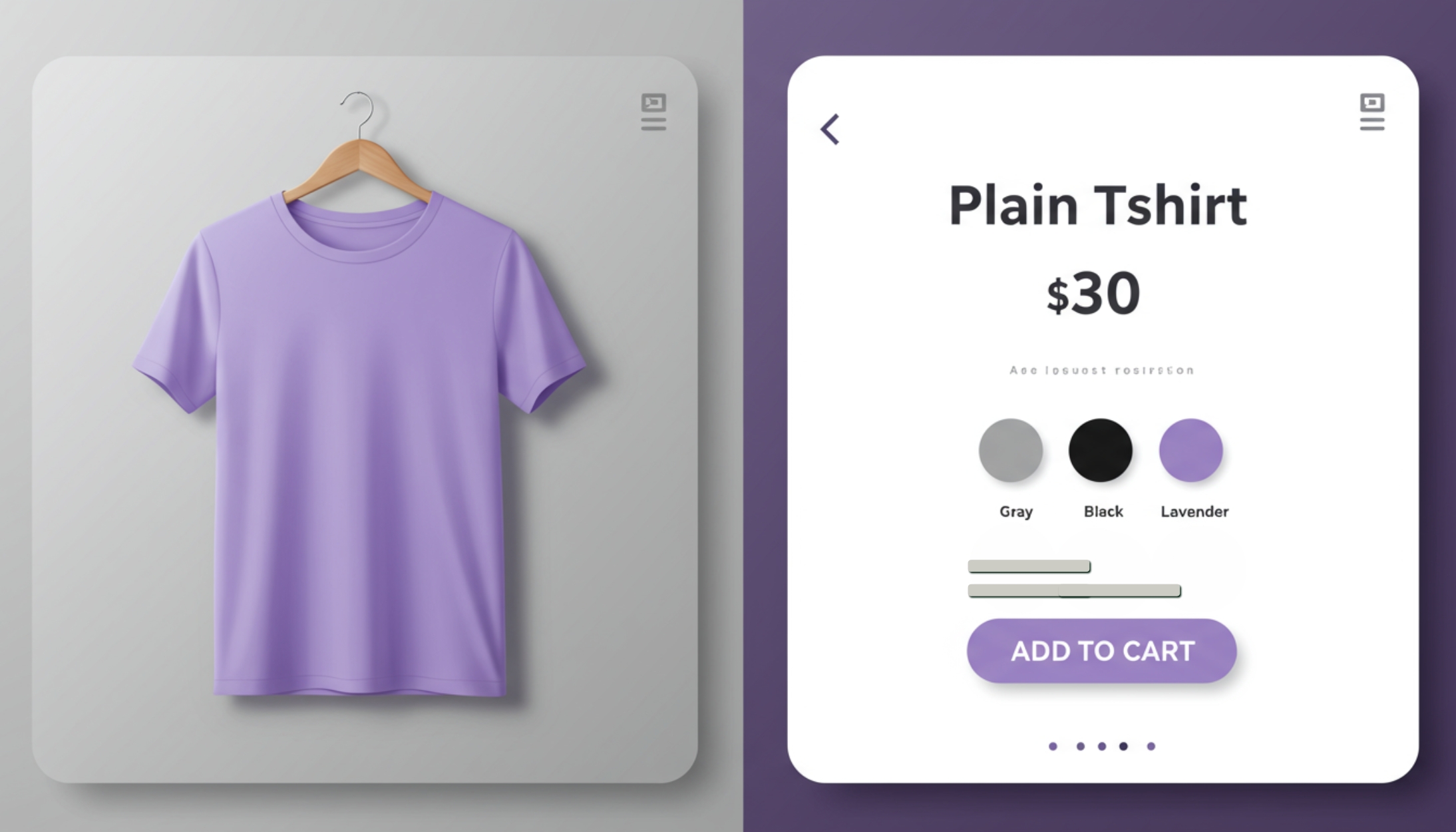Table of Contents
Find a Manufacturer for a brand:– Are you excited about a new product idea but unsure how to make it happen? Let us guide you in finding a manufacturer to bring your concept to life.
Entrepreneurs often struggle to source quality products for manufacturing or wholesale purchase.
For entrepreneurs, sourcing products can be complex. It involves finding better manufacturers, assessing whether local or international options and ensuring the legitimacy of chosen manufacturers.
How to find a manufacturer for brand online?
When sourcing a supplier, it’s essential to go beyond finding a manufacturer. You’ll also need to weigh the pros and cons of working with local versus international partners. Additionally, conducting thorough evaluations to ensure the legitimacy of your chosen manufacturer is crucial. When developing products for your e-commerce business or your brand, asking suppliers specific questions about quality, production timelines, and pricing is key to success.
What is a manufacturer?
Manufacturers transform raw materials into finished goods, which they then distribute to consumers, wholesalers, retailers, and other manufacturers seeking to create more sophisticated products.
Manufacturers are known for their specialisation in particular product lines. For example, you could partner with a glassware manufacturer for precision-crafted bottles and jars while exploring various suppliers for your cardboard, plastic, or sustainable product needs.
Retailers frequently establish relationships with multiple manufacturers to curate an extensive store inventory.
Is a manufacturer a supplier?
Suppliers enclose manufacturers, wholesalers, and distributors who provide products and inventory.
Multiple helpful online resources are available via Google. However, before starting, it’s crucial to understand and make decisions.
Identify the type of supplier needed, depending on your ecommerce business model. This guides your research terminology. Common options include:
- Manufacturers producing your product concept
- Suppliers (potentially also manufacturers), wholesalers, or distributors acquiring existing brands and products
- Dropshipping business companies handle existing brand products and order fulfilment.
Domestic vs. International suppliers
Choosing suppliers becomes a key decision if you’re delving into manufacturing or wholesaling. Should you opt for local sources or cast your net internationally?
Securing two manufacturers, one local and one international, is a wise strategy. Your local provider serves as a safety net. You can rely on your domestic supplier in case of delays or errors in international orders. While domestic options may come at a higher cost, the assurance of stocked products and satisfied customers outweighs the potential savings from overseas suppliers.
Overseas sourcing often presents cost advantages, particularly in Asian countries like India, China like dropshipping suppliers, and Vietnam. These nations consistently rank among the most cost-effective for manufacturing.
How to Find a Manufacturer in 9 Steps
Finding the right manufacturer for your product is crucial for success. Here’s a simple guide to help you navigate the process effectively:
1. Define Your Requirements:
Before embarking on your search for a manufacturer, it’s essential to have a clear understanding of your product requirements. This involves detailing the specific materials, quality standards, and production volume needed for your product. By defining these parameters upfront, you can effectively communicate your needs to potential manufacturers and ensure they meet your expectations.
2. Research Manufacturer Options:
Researching manufacturer options involves identifying potential companies or facilities capable of producing your product. Here’s a breakdown of the steps involved:
- Define Your Requirements: Clearly outline your product specifications, including materials, dimensions, quality standards, and special features or customizations. This will help you narrow down your search to manufacturers with the appropriate capabilities.
- Use Online Resources: Use online directories, search engines, and industry-specific platforms to find a manufacturers matching your criteria. Look for companies with experience in your product category and positive reviews or testimonials from previous clients.
- Attend Trade Shows and Exhibitions: Trade shows and exhibitions are excellent opportunities to connect with manufacturers face-to-face, view product samples, and discuss your requirements in detail. Take advantage of networking events and seminars to gather valuable insights and contacts within the industry.
- Seek Referrals: Reach out to fellow entrepreneurs, industry associations, or professional networks for recommendations on reliable manufacturers. Personal referrals can provide valuable insights and help you avoid potential pitfalls in your search.
- Verify Credentials: Once you’ve identified potential manufacturers, conduct background checks to verify their credentials, certifications, and compliance with industry regulations. Look for evidence of quality control measures, ethical business practices, and a track record of successful projects.
- Request Quotes and Proposals: Contact selected manufacturers to request quotes and proposals based on your product specifications. Compare pricing, lead times, production capabilities, and terms of service to evaluate the best fit for your needs.
By thoroughly researching manufacturer options, you can make informed decisions and establish partnerships that contribute to the success of your product development journey.
3. Attend Trade Shows and Expos:
Trade shows and expos provide valuable opportunities to connect with manufacturers in person. These events allow you to meet industry professionals, ask questions, and inspect samples of their work. Take advantage of networking opportunities to build relationships with potential manufacturing partners and gain insights into your industry’s latest trends and technologies.
4. Request Quotes and Samples:
Once you’ve identified a shortlist of potential manufacturers, reach out to them to request quotes based on your product specifications. Be sure to provide detailed information about your requirements to receive accurate quotes. Additionally, ask for samples of their previous work to assess the quality of their craftsmanship and determine if they can meet your standards.
5. Conduct Due Diligence:
Before finalizing your decision:
- Conduct thorough due diligence on each manufacturer under consideration.
- Verify their credentials, such as certifications and industry affiliations, to ensure they meet regulatory standards.
- Evaluate their production capabilities and quality control processes to determine if they can consistently deliver products that meet your specifications.
- Consider visiting their facilities to observe their operations firsthand and assess their professionalism and efficiency.
6. Negotiate Terms and Sign Contracts:
Once you’ve selected a manufacturer that meets your requirements, it’s time to negotiate the terms of your partnership. This includes discussing pricing, lead times, payment terms, and other contractual details. Review the terms carefully to ensure they align with your business objectives and seek clarification on any ambiguous or unclear provisions. Once both parties are satisfied, formalize the agreement by signing a contract outlining the terms of the manufacturing arrangement.
7.Communicate Your Designs:
Effective communication is key to ensuring your manufacturer accurately understands your design specifications. Provide detailed drawings, sketches, or digital renderings of your product, including dimensions, materials, colors, and any required features or customizations. Clearly articulate your expectations regarding quality standards, finishing techniques, and packaging requirements to avoid misunderstandings during manufacturing.
8.Order Samples and Compare:
Before committing to a large production run, ordering samples from multiple manufacturers and comparing them is advisable. This allows you to assess each manufacturer’s work’s quality, consistency, and attention to detail. Evaluate material durability, surface finish, stitching or assembly precision, and overall aesthetic appeal. By comparing samples, you can decide which manufacturer best aligns with your vision and standards.
9. Place Your Order:
Once you’ve thoroughly evaluated your options and are satisfied with a particular manufacturer, it’s time to place your order. Provide clear instructions regarding your production run’s quantity, specifications, and delivery schedule. Confirm pricing, payment terms, and any additional charges or fees upfront to avoid surprises later. Maintain open lines of communication with your manufacturer throughout the production process to address any issues or concerns that may arise and ensure a smooth and timely delivery of your products.
Conclusion:
Finding suppliers and manufacturers is an essential investment when launching a business. Choosing the right partners is crucial for the success of your new venture, but it can be challenging.
Encountering obstacles and setbacks along the way is common, and it’s natural to feel frustrated. However, overcoming these challenges often requires more patience and determination to discover the ideal partners for your business.
FAQs:
Q: Why is it advisable to have both local and international suppliers?
A: Having a backup local supplier ensures continuity of product availability and customer satisfaction, especially in the face of delays or errors with international orders.
Q: Are domestic suppliers more expensive?
A: Typically, domestic suppliers come with higher costs than their international counterparts. However, the benefits of reliability and customer satisfaction often outweigh the savings.
Q: Which countries are known for cost-effective manufacturing?
A: Asian countries such as India, China, and Vietnam are renowned for offering competitive manufacturing costs, making them attractive options for sourcing products overseas.
Q: How do I start finding a manufacturer for my product?
A: To find a manufacturer for your product, complete the research online. Look for manufacturers that specialize in your product category and have a good reputation. Utilize search engines, online directories, and industry forums to identify potential manufacturers.
Q: What factors should I consider when choosing a manufacturer?
A: When choosing a manufacturer, consider factors such as production capabilities, quality standards, pricing, lead times, communication, and location. Assess the manufacturer’s experience, capacity, and ability to meet your requirements.
Q: How can I verify the reliability of a manufacturer?
A: To verify a manufacturer’s reliability, conduct background research, check references and reviews, and request samples or prototypes. Look for certifications, such as ISO standards, and visit the manufacturer’s facilities to assess their operations firsthand.
Q: What are some common mistakes to avoid when finding a manufacturer?
A: Some common mistakes to avoid when finding a manufacturer include rushing the process, neglecting to define precise specifications, failing to conduct due diligence, and overlooking communication issues. It’s essential to thoroughly vet potential manufacturers and establish a solid partnership based on trust and mutual understanding.
Q: How can I negotiate with a manufacturer effectively?
A: To negotiate effectively with a manufacturer, prepare thoroughly by knowing your budget, requirements, and desired terms. Be transparent and communicative, seek win-win solutions, and focus on building a long-term relationship. Negotiate pricing, payment terms, lead times, and quality control measures to ensure a mutually beneficial agreement.
Q: How can I find reputable manufacturers?
A: You can find reputable manufacturers through online directories like Fathershops, Alibaba, ThomasNet, Global Sources, and Maker’s Row. Attending trade shows, networking with other businesses, and seeking recommendations from industry experts are also effective methods.
Q: Should I choose a local or overseas manufacturer?
A: The decision depends on your needs. Local manufacturers may offer faster lead times, easier communication, and lower shipping costs, but they may have higher production costs. Overseas manufacturers, especially in countries like India, may offer lower costs but could involve longer lead times, potential language barriers, and complex import/export regulations.
Q: What is the difference between a manufacturer and a supplier?
A: A manufacturer is a company that produces goods from raw materials, while a supplier can either be a manufacturer or a distributor who provides products to businesses. Some suppliers may work directly with manufacturers, while others may resell finished goods.





